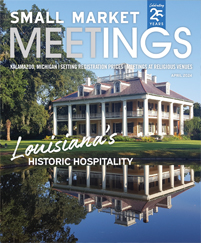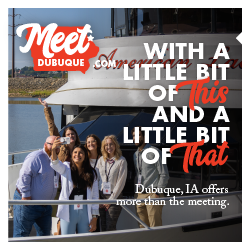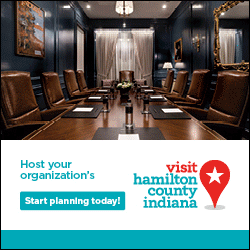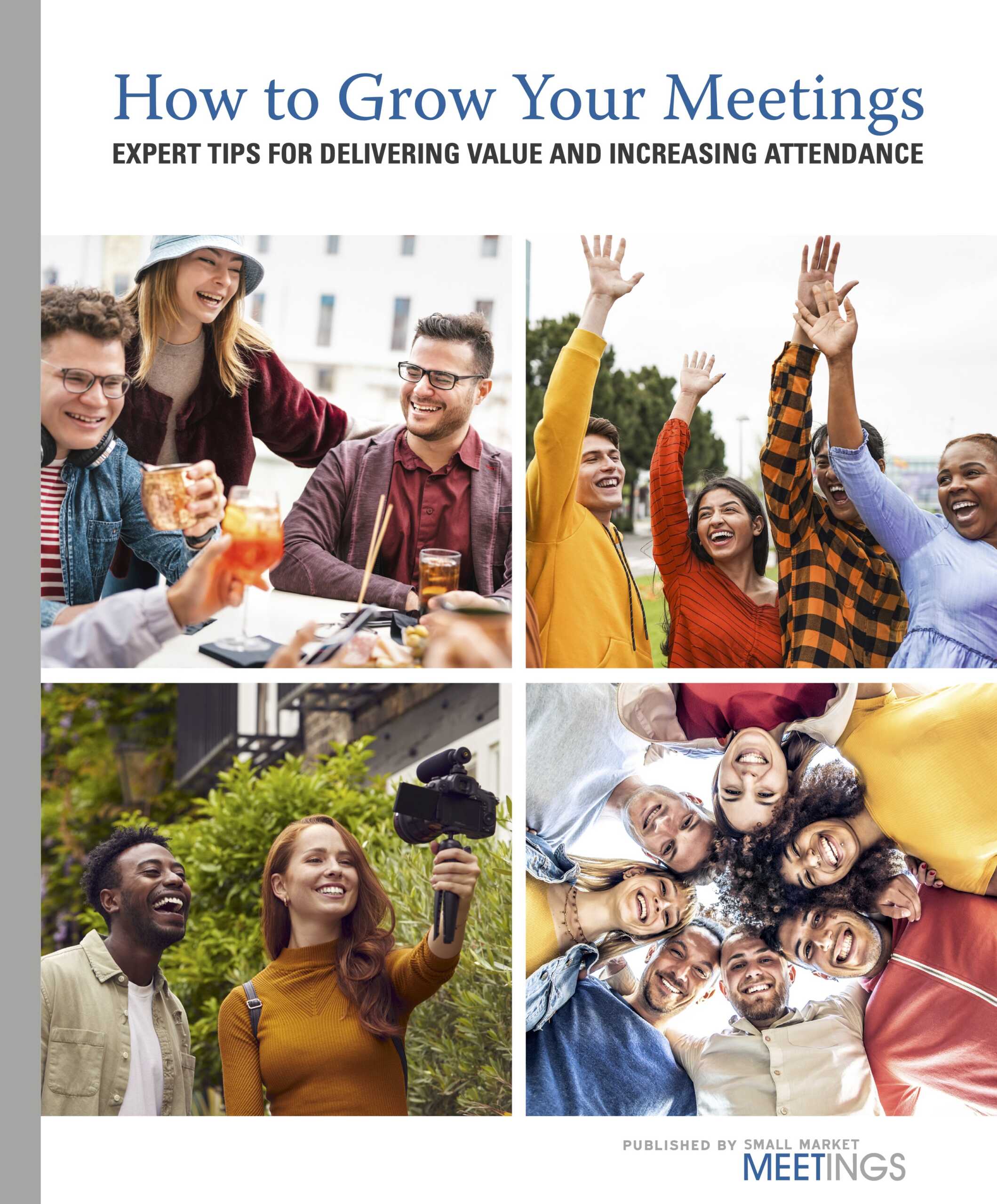In a world of mashed up words, wayfinding is one that means exactly what it says. Wayfinding describes systems that help us find our way from one place to another.
Wayfinding is always part of conferences or conventions, as attendees navigate new-to-them cities and towns, highways, airports, conference hotels, convention centers and tradeshow floors. And, while most destinations and venues have signage and other wayfinding in place, planners often augment it to better address their conference’s needs.
The principles of wayfinding, coupled with a healthy dose of common sense, can go a long way in tamping down confusion and keeping people on the right path. Here are some basics, gleaned from resources including the Society for Experiential Graphic Design and the Airport Cooperative Research Program’s report on wayfinding.
Follow the Three Cs
Signs help direct us, but they can also confuse us. Effective signs tick three boxes. First, they are conspicuous, located where they can be seen, where people expect to find them and at points where decisions about direction must be made. Second, they are highly visible, in colors that contrast and stand out from what’s around them. Speaking of what’s around them, signs work best when they aren’t lost in the confusion of other visuals like advertising or art. The messages signs relay work best when they are concise. Sometimes, a single word or a symbol will suffice. Finally, the best signs are comprehensible, easily understood by all. Testing signage with a few people who aren’t part of the conference planning process is a great way to identify wording that might be confusing or incomplete.
Take the Best Path
Planners often need to route people from Point A to Point B, and most of the time there’s more than one way to get there. When developing a path for attendees to travel, the most important consideration is safety. For example, if attendees will be walking from the downtown hotel to a restaurant for a group dinner, make sure the directions they are given are for a route that is well-lit, free of cracked sidewalks and requires few street crossings. A route should also take into consideration those with disabilities, from hearing and vision loss to mobility issues. Next, consider distance, recognizing that the shortest path isn’t always the safest or best. Finally, choose a pathway, indoors or out, that is simple to follow. A direct path will help keep people from getting lost.
Remember the Big L
A sign that can’t be easily read is like a highway map without roadways. Legibility is basic to signage design and starts with type size. A basic rule of thumb is to use type that is one inch tall for every 10 feet of distance. So, if a sign will be read from 20 feet, the type should be two inches in height. Thirty feet? Three inches. It’s simple math. But of course, it also is math that can be tweaked. Depending on attendee demographics, a conference planner might decide to boost type size a bit. Legibility is also affected by type font. Wayfinding isn’t about getting fancy with Olde English or other swirly, curly typefaces. Simpler is better. Fonts that have large clear openings in letters like Bs and Ds are easier to read.
Sharply contrasting colors — black type on a white or yellow background for example — make messages standout. It’s also important to use a signboard with a nonglare finish. And lighting will impact legibility. Study a space at different times of day or evening. A sign in a dark corner will have everyone squinting.
Be Symbolic
One sure way to make signage simpler and more concise is to use symbols. The 50 symbols developed through a collaboration between the Institute of Graphic Arts and U.S. Department of Transportation are widely used not only in this country, but in countries around the world. So while your attendees from Ghana might not recognize the word restroom, they definitely will recognize the symbol for it. The symbols effectively create a universal language and are available for all to use, free of charge in EPS and GIF format. (aiga.org/resources/symbol-signs) Additional symbols that can be used, without charge, are available at The Noun Project. It’s a website that aggregates and catalogs symbols that graphic artists worldwide have created and uploaded.
Account for the Human Factor
No matter how well signage and other wayfinding is designed and located, people will still get lost. Maybe their faces were buried in their mobile phones, and they missed the critical sign that aimed them toward the ballroom for the evening banquet. Maybe their sense of direction is so poor that Lewis and Clark would have kicked them off the expedition. No matter the cause, having a human being on hand, with a smile and knowledge, can alleviate the problem. Conference staff or local organizers sometimes take on this role, providing clear directions or even, in some cases, accompanying a lost soul to the conference room they seek. Some convention bureaus have bands of volunteers who will work at conferences and help answer general questions and provide directions. Having an assist from a local ambassador can leave an attendee feeling welcomed, befriended and a whole lot less lost.











